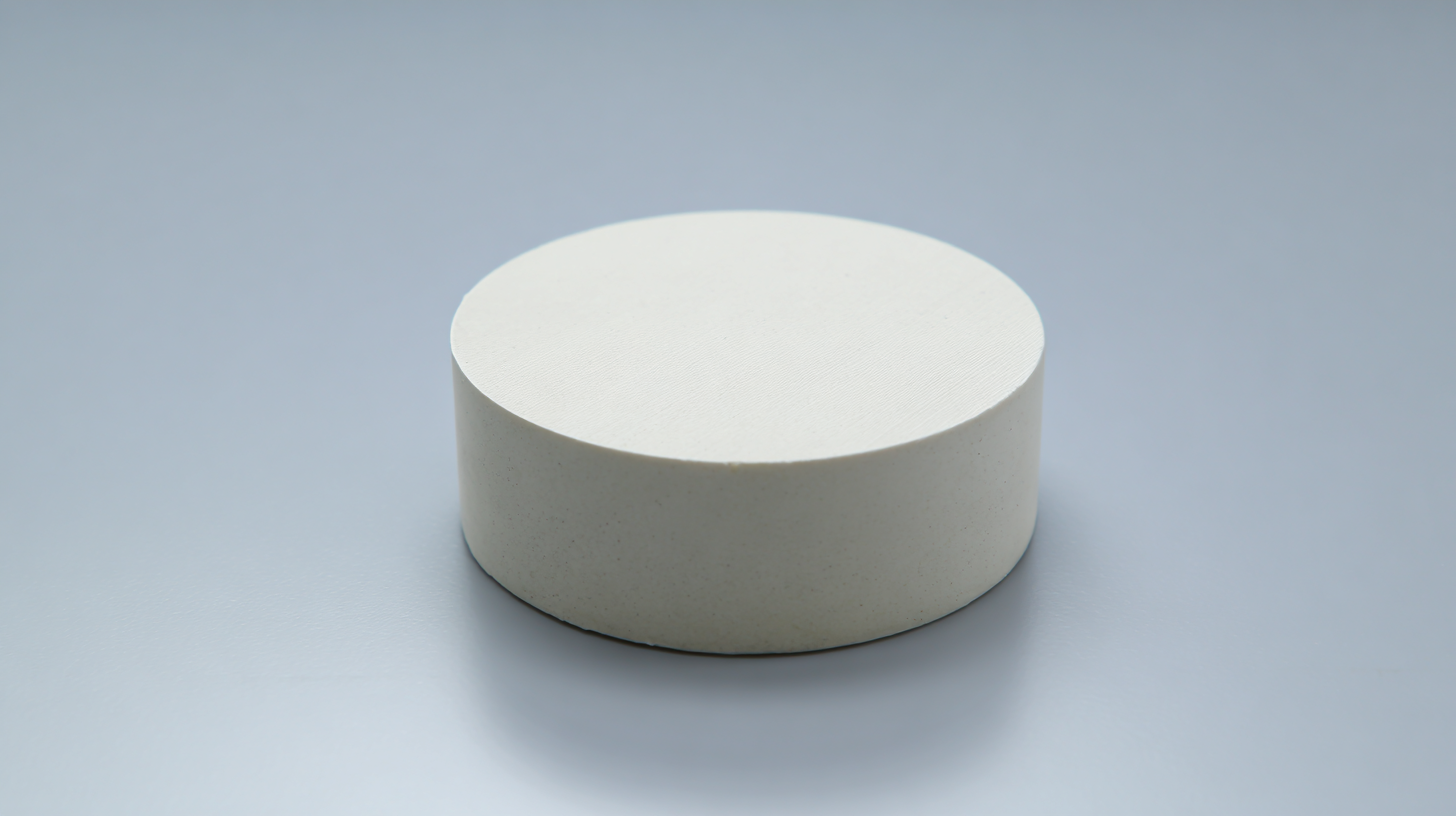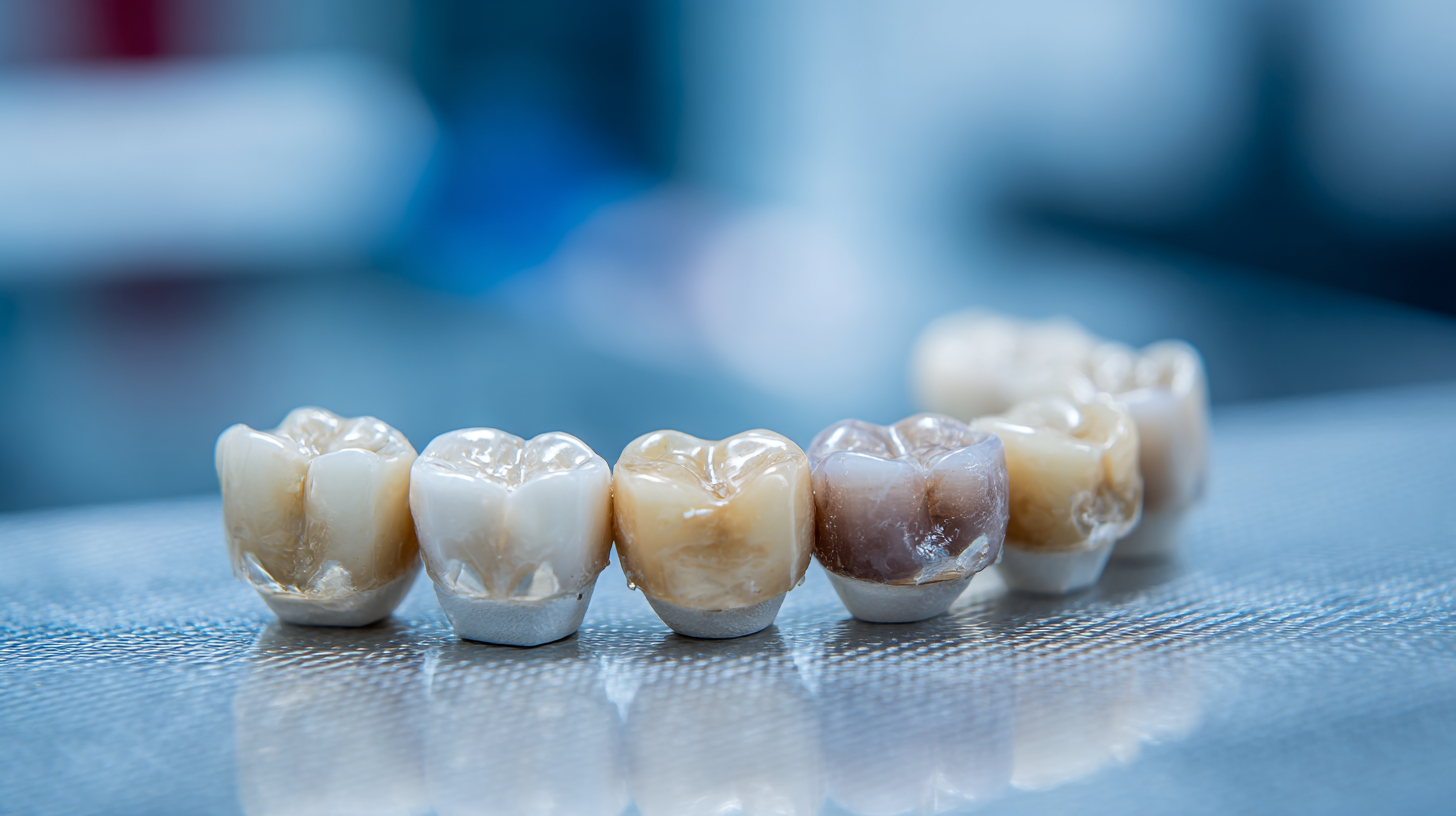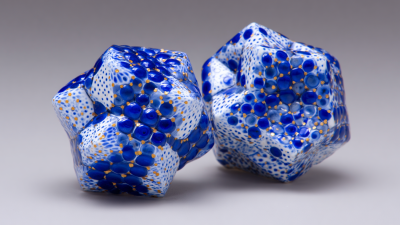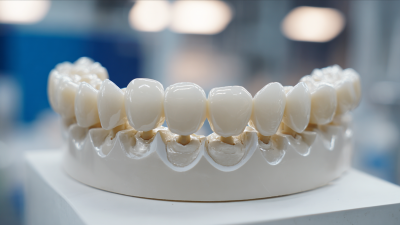Leave Your Message
Zirconia ceramic has emerged as a groundbreaking material in various industries, redefining standards of performance and durability. According to the Global Zirconia Ceramics Market report published by ResearchAndMarkets, the market is anticipated to grow at a compound annual growth rate (CAGR) of 8.3% from 2020 to 2027, reaching an estimated value of $1.85 billion by 2027. This rapid growth is primarily driven by the material's exceptional mechanical properties, biocompatibility, and corrosion resistance, making it invaluable in sectors such as healthcare, automotive, and electronics.

The advancements in zirconia ceramics are set to revolutionize dental applications, offering enhanced properties that significantly improve patient outcomes. The latest innovations focus on increasing the strength, translucency, and biocompatibility of zirconia materials, making them ideal for various dental restorations. These enhancements not only lead to more durable crowns and bridges but also allow for improved aesthetics, closely mimicking the natural appearance of teeth. As dentists increasingly adopt these cutting-edge materials, the market for zirconia ceramics is anticipated to grow robustly.
Tip: When selecting zirconia-based dental materials, consider the specific needs of your patient's case. Certain formulations may offer better resilience for posterior restorations, while others may provide superior aesthetics for anterior applications. Always align material choice with your treatment objectives to achieve the best results.
Moreover, the push for sustainable dental practices has encouraged research into bioactive zirconia composites, which promote healing and integrate better with bone and gum tissue. This trend aligns perfectly with the growing demand for minimally invasive dentistry that prioritizes patient comfort and recovery. The integration of technology, such as CAD/CAM systems, further enhances the precision and efficiency of zirconia restorations, making them a preferred choice in modern dental practice.
Tip: Stay updated with the latest developments in zirconia innovations through professional dental associations and journals. Continuous education ensures that dentists can leverage new materials effectively and provide state-of-the-art care to their patients.

The aerospace industry is on the brink of a revolutionary shift with the introduction of advanced zirconia ceramics in 2025. These lightweight yet high-strength materials are essential for enhancing the performance and efficiency of aircraft components. According to the latest BCC Research study, the aerospace ceramics market is expected to see significant growth, with an expanded focus on high-performance materials that promise durability and reliability under extreme conditions. As industries increasingly demand materials capable of withstanding harsh environments, zirconia ceramics emerge as a frontrunner due to their exceptional thermal and mechanical properties.
Moreover, the global advanced technical ceramics market is projected to surge from USD 88.15 billion in 2024 to an estimated USD 155.50 billion by 2034, reflecting a robust annual growth rate. This growth is driven by the surge in applications across various sectors, including aerospace, where the need for lighter and more resilient materials is critical. With the advancements in additive manufacturing and 3D printing technologies, the development of customized zirconia components is becoming more feasible, further propelling their adoption in aerospace applications. As we approach 2025, zirconia ceramics are poised to transform the landscape of aerospace engineering, setting new benchmarks for performance and sustainability.

Zirconia ceramics are increasingly recognized as essential components within the electronics industry, particularly for their role in semiconductor packaging and as insulators. With the Semiconductor Ceramic Packaging Materials Market projected to reach USD 2.78 billion by 2030, advancements in zirconia ceramics are set to play a pivotal role in enhancing performance and reliability in electronic components. These materials offer superior thermal stability and electrical insulation, making them ideal for high-performance applications in consumer electronics and automotive sectors.
The Electronic and Electrical Ceramic Market is also expected to exhibit a robust growth rate (CAGR of 5.1% from 2025 to 2035), driven by the rising demand for innovative insulating materials. Applications range from advanced computing devices to energy solutions, highlighting the versatility of zirconia ceramics. As industries seek lighter, stronger, and more efficient materials, zirconia’s unique properties will continue to shape the future of electronics, potentially revolutionizing various applications across multiple sectors.
Sustainability is becoming increasingly vital in the production of zirconia ceramics, with innovations emerging to mitigate environmental impact and conserve resources. One notable advancement is the implementation of eco-friendly extraction techniques that minimize energy consumption during the mining and processing of zirconium ores. By adopting more efficient methods, manufacturers can significantly reduce their carbon footprint while maintaining the material's high-performance characteristics.
Additionally, the development of recycling processes for zirconia waste is gaining traction. Companies are now finding ways to repurpose scrap ceramic materials, transforming them into high-quality raw resources. This not only lessens the demand for new zirconium ores but also contributes to a circular economy within the industry. Alongside these advancements, the integration of renewable energy sources in production facilities further enhances the sustainability of zirconia ceramic manufacturing, leading to a more eco-conscious approach that aligns with global sustainability goals.
Zirconia, particularly its biocompatible variant zirconium dioxide (ZrO2), is making waves in the biomedical device sector, showcasing its potential to transform various applications. The material's inherent properties, such as high strength, corrosion resistance, and a favorable interaction with biological tissues, position it as a preferred choice for various medical implants, including dental devices. The increase in demand for zirconia dental implants highlights a significant trend, with projections indicating that the Endosteal Implants segment will witness the highest growth rate in the coming years. This trend underscores the material's role in improving patient outcomes through enhanced integration with bone.
As the market for zirconium dioxide expands, innovations in biocompatibility are driving its adoption across multiple medical applications. Researchers are continuously exploring ways to enhance the material's surface properties, which can lead to better cell attachment and reduced inflammation, setting the stage for even broader use in surgical implants and prosthetics. With advancements in manufacturing techniques, the future of zirconia in biomedical devices looks promising, paving the way for smarter, more efficient treatment options that cater to the evolving needs of the healthcare industry.
This chart illustrates the projected market growth of various zirconia ceramic innovations in biomedical devices from 2023 to 2025. Each category reflects its estimated market share as biocompatibility improvements continue to drive expansion.






